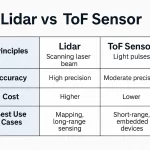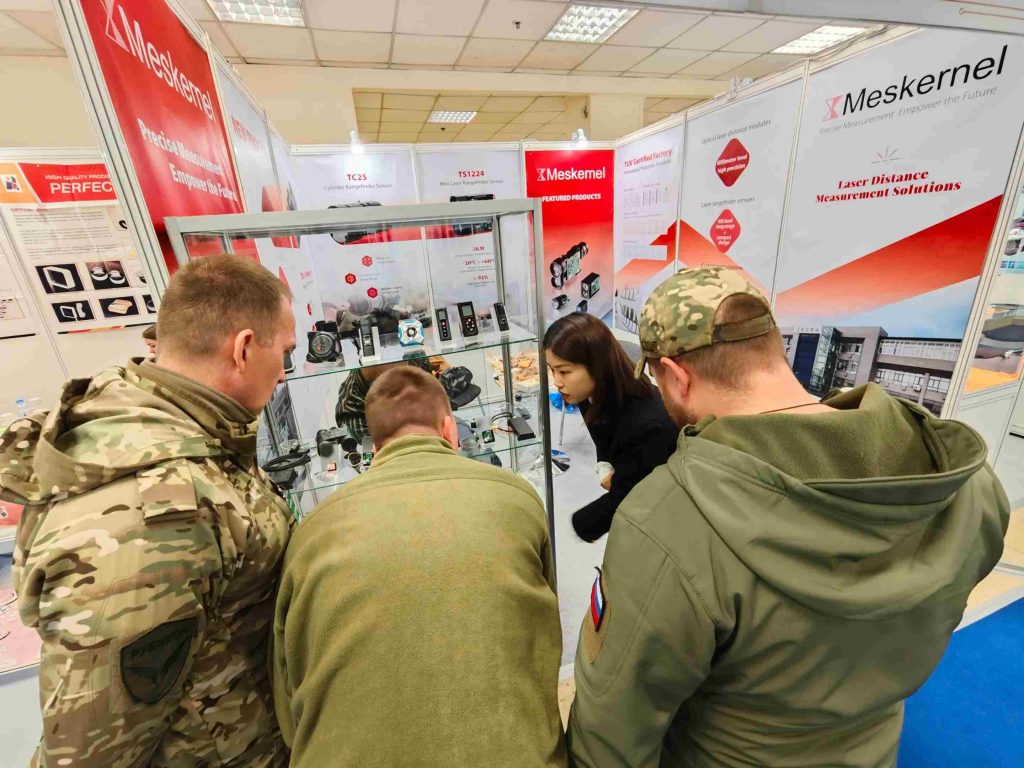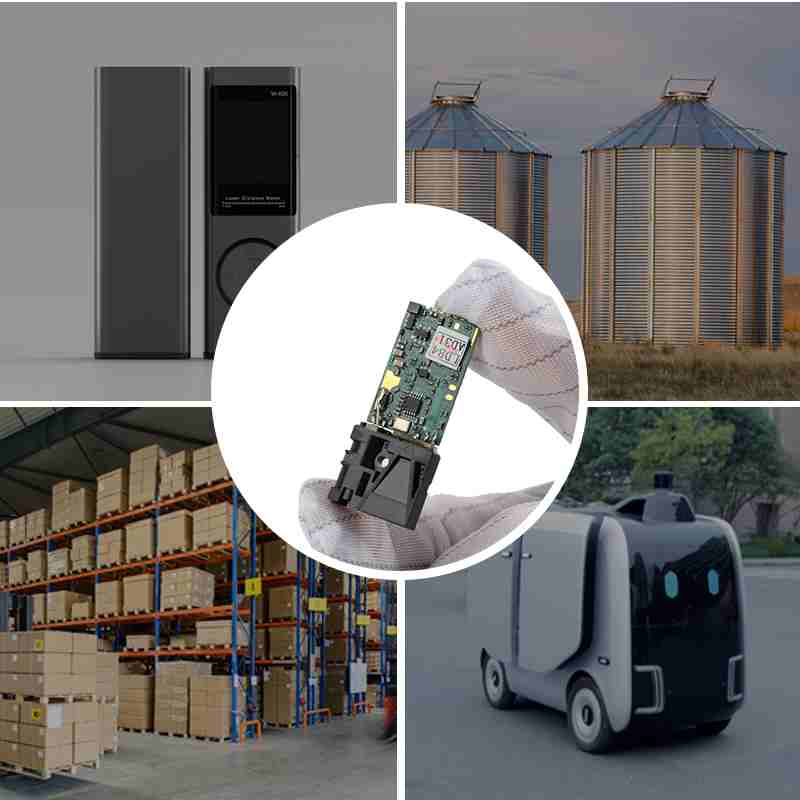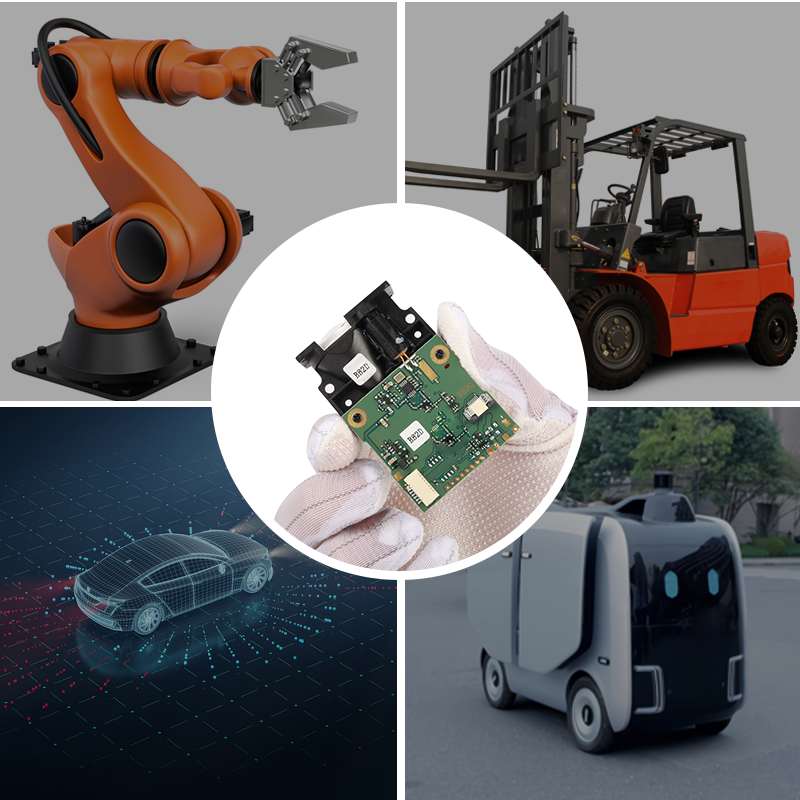Lidar vs ToF Sensor: Principles, Accuracy, Cost & Best Applications in 2025
If you’re comparing Lidar vs ToF sensörü, you’re not alone. Engineers, product managers, and tech leaders are constantly choosing between the two for applications ranging from autonomous vehicles to smart manufacturing. In this 2025 updated guide, we break down everything you need to know to make the right choice for your project.
What Is the Difference Between Lidar and ToF?

Both Lidar (Light Algılama and Ranging) ve ToF (Uçuş Süresi) sensors measure distance by calculating the time it takes for light to reflect off an object and return. However, they differ in execution:
Lidar typically uses a scanning laser beam and rotating mirrors to map 3D environments.
ToF sensörleri use light pulses across a sensor array to measure the distance to multiple points simultaneously.
| Özellik | Lidar | ToF Sensor |
|---|
| Type | Scanning laser | Light pulse array |
| Çıktı | Point cloud / 3D map | Depth map / single-point or multi-point |
| Hardware | Bulky, often mechanical | Compact, solid-state |
| Maliyet | Yüksek | Low price |
| İçin İdeal | Mapping, large-scale sensing | Short-range precision, embedded devices |
Accuracy & Range: Which Is Better?
| Metric | Lidar | ToF |
|---|
| Typical Range | 10–250m (or more) | 0.1–15m |
| Doğruluk | Up to ±1cm or better | ±1–5cm depending on model |
| Environmental Resistance | High-end models: dust/fog resistant | Needs good lighting & reflectivity |
| Sampling Rate | Lower than ToF, depends on mirror speed | Very fast (up to 100Hz or more) |
➡️ Choose Lidar for long-distance, outdoor applications.
➡️ Choose ToF for short-to-mid range, high-speed detection with low power.
Cost & Integration: ToF Wins in Simplicity
Lidar systems are traditionally more expensive due to their mechanical parts, moving mirrors, and precision optics. Integration into compact devices olabilir also be a challenge.
ToF sensörleri, especially CMOS-based ones, are often solid-state, compact, and power-efficient — making them ideal for embedded and portable applications.
| Uygulama | Lidar | ToF |
|---|
| Autonomous Cars | ✅ | ❌ |
| Indoor Robotics | ✅ | ✅ |
| Smartphones / AR | ❌ | ✅ |
| Dronlar | ✅ (long-range) | ✅ (short-range/anti-collision) |
| Endüstriyel Otomasyon | ✅ | ✅ |
Use Case Comparison Table
| Scenario | Önerilen Sensör | Neden? |
|---|
| Otonom araç navigasyonu | Lidar | High accuracy over long range |
| Smartphone facial recognition | ToF | Small form factor, fast |
| Obstacle avoidance in drones | ToF | Compact, fast reaction |
| 3D room scanning | Lidar | Wide coverage |
| People counting / safety zones | ToF | Real-time speed, cost-effective |
| Outdoor mining or terrain mapping | Lidar (long-range, rugged) | Reliable under tough conditions |
So, Which One Should You Choose in 2025?
The right sensor depends on your application, environment, cost constraints, and precision needs.
| If You Need… | Go with… |
|---|
| Long-range outdoor detection | Lidar |
| Compact, embedded distance sensing | ToF |
| Real-time short-range detection | ToF |
| Highly detailed 3D mapping | Lidar |
| Cost-effective smart automation | ToF |
Meskernel’s Lidar & ToF Sensor Solutions
At Meskernel, we specialize in both ToF and Lidar technologies:
Want to know which sensor is best for your use case? Talk to a Meskernel engineer — we’re ready to help.





Son Düşünceler
The Lidar vs ToF sensörü debate isn’t about which is better — it’s about what’s best for your application. With advances in solid-state technology and precision optics, both are evolving fast. The key is understanding your use case, environment, and integration needs.
Let Meskernel help you take the next step with the right sensor.
Extended FAQ
🔹 What are the main advantages of using a Lidar vs ToF sensor?
When comparing a Lidar vs ToF sensor, Lidar offers superior range and spatial resolution, making it ideal for outdoor mapping, autonomous vehicles, and terrain scanning. In contrast, ToF sensors are better suited for compact, short-range applications like gesture recognition, safety zones, and embedded devices.
🔹 Can a ToF sensor replace Lidar in most applications?
In the Lidar vs ToF sensor debate, the answer depends on your use case. For short-range, fast-response tasks under 10 meters, ToF sensors are often a cost-effective alternative. However, for high-precision, long-range 3D sensing, Lidar remains essential.
🔹 Which sensor is more suitable for robotics: Lidar or ToF?
The Lidar vs ToF sensor choice for robotics depends on task complexity. Indoor robots like vacuum cleaners benefit from compact ToF sensors for navigation and obstacle detection. But for SLAM (Simultaneous Localization and Mapping) and outdoor path planning, Lidar is often the better choice.
🔹 Is a Lidar sensor more expensive than a ToF sensor?
Yes. When comparing Lidar vs ToF sensor cost, Lidar systems typically involve higher expenses due to their rotating parts and precision optics. ToF sensors, especially solid-state models, are significantly cheaper and easier to integrate in high-volume products.
🔹 How do environmental conditions affect Lidar vs ToF sensors?
Environmental factors play a key role in Lidar vs ToF sensor performance. Lidar handles fog, rain, and direct sunlight better due to its powerful laser pulses. ToF sensors may struggle in highly reflective or dark environments but are improving rapidly with new IR technologies.
🔹 What industries are adopting Lidar vs ToF sensors in 2025?
In 2025, Lidar vs ToF sensor adoption trends vary by industry:
Lidar: Widely used in autonomous vehicles, mining, ölçme, and smart cities.
ToF: Common in consumer electronics, loji̇sti̇k, industrial automation, and healthcare.